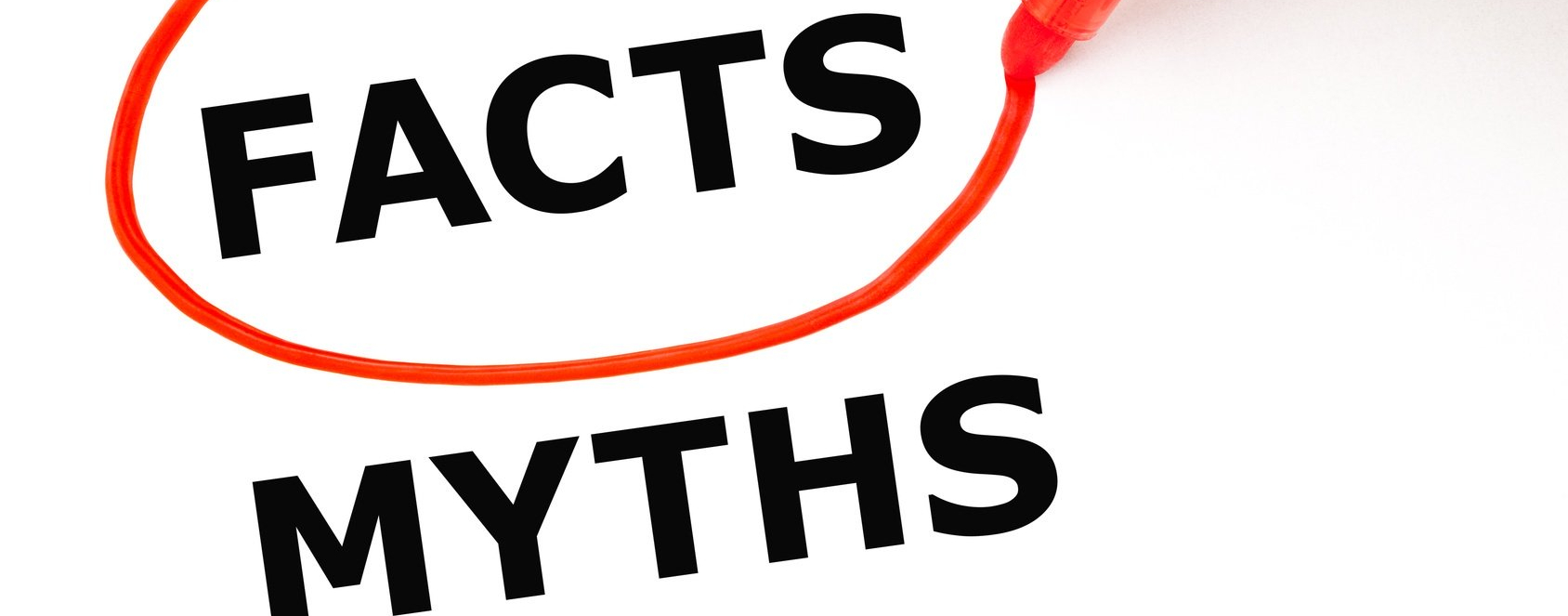By an IvyWise College Admissions Counselor
When applying to arts programs or majors, many colleges will require an art portfolio for college admission. This is a critical piece of your college application that often requires many hours of planning and creating to ensure that you’re accurately highlighting your creative background, skills, and interests. The portfolio can often be as important as (and in some cases even outshine) the overall college application. Many factors come into play when understanding how to tell your creative story through your portfolio.
What Is an Art Portfolio for College?
A visual art portfolio includes examples of your work to show off your creative skills, proficiency, style, and interests. This can include anything from photos, videos, and graphic design to sculptures and painting. This is usually submitted in addition to your Common App college application and any supplements required for the school or program to which you are applying. The portfolio is often a required part of your application to certain arts majors and programs.
Who Needs a College Art Portfolio?
Students interested in pursuing fine arts programs are often required to submit a portfolio or have the option to include one as a supplement to their application. Adding a compelling portfolio to your application that features strong pieces of your artwork could give your profile a competitive edge, provide more context into your passions, and showcase a talent that may not be highlighted in the rest of your application.
What Is the Creative Portfolio Supplement?
The creative portfolio supplement is an additional/optional piece in the application that gives students who excel in the arts the opportunity to submit advanced quality examples of their work to highlight that talent (this can also include dance, music, theater, architecture, and creative writing, etc. and could be artwork, audio recordings, or performances). Your creative supplement is evidence of your talent and a reflection of your commitment to that creative ability.
Some considerations for determining if you should submit a supplemental creative portfolio:
- If you intend to major in the subject — and the school offers a supplement option.
- If your counselor, high school art teachers, or professional in that field encourage you.
- If you attended an arts-intensive high school — your academic profile/performance scores should give you an idea of whether you stand out as a top student in your class.
- If you have dedicated yourself to taking lessons and practicing for years.
- If you have been recognized, published, or featured on a significant platform — in print, online, the media, on stage, or a major art institution.
- If you have taken related AP (Advanced Placement) courses and developed a portfolio through the course.
- If you have attended a National Portfolio Days event and were told by art admissions reps that your work is strong enough to be admitted to the institution.
It is NOT advisable to submit a portfolio supplement if any/most of the situations above do not apply. The supplemental portfolio is optional — so it is still possible for you to major or minor in that field without submitting a portfolio (unless the school requires it).
How to Use the Portfolio Supplement to Your Advantage in the Admissions Process?
Of course, if you are applying directly as a major in that field, it would make sense for you to want to highlight that skill and experience with tangible proof of your efforts and development. But additionally, for high school students applying in other fields who demonstrate a strong talent in a creative area, this added element can provide additional context about you, your commitments, values, innovations, and passions beyond your academic field.
For example, if you’re applying as an intended environmental engineering student who also makes art from beach trash/recycled items, this could give an excellent boost to your application while also highlighting your devotion to sustainability, environmental awareness, and your “design/engineering mind.” Similarly, if applying as a public policy major with a particular concern for inner-city education systems, submitting a portfolio of your mural painting work with these communities would take your commitment to social justice to the next level while also highlighting your creativity and community involvement.
How to Submit the Supplemental Creative Portfolio
The portfolio supplement is usually submitted online in the SlideRoom portal, which integrates with the Common Application. You only need to create one SlideRoom account, which each college will use to access your portfolio. Keep in mind that each school has its own specific portfolio requirements, so each portfolio may vary slightly. For example, when submitting a visual arts supplemental portfolio to Yale, you will submit 5-8 slides, including one drawing, and represent your advanced abilities in art (beyond the high school classroom level) – so the Yale portfolio can be an overview of your top work in art, covering a wide range of mediums or genres.
Other schools may have more strict guidelines, asking for submissions focused on one area/strength, such as painting or mixed media. In this case, it’s best to highlight works that connect well with the overall application and aspects that the student wants to convey about themself. For example, if applying to an urban planning program, works focused on architectural design, AutoCAD drawings, structural sketches, etc. could be a cohesive added context to such a path.
Supplemental portfolio instructions may also require a creative resume and an additional recommendation from a teacher who is familiar with your work in the area submitted in the portfolio. It’s important to plan ahead for this process, as the portfolio side of an application can often take as much time as the rest of the application elements to develop — it should be considered like putting an additional school on the school list.
Check the precise requirements and make note of the portfolio submission deadlines, as they are often earlier than the application deadline. Though some schools, such as Princeton, require the application to be submitted first before the supplemental portfolio can be submitted.
Overall, if your portfolio is a direct reflection of your long-term dedication, enthusiasm, and recognition in your chosen creative area, the creative supplement can definitely boost your application!
What Should Be Included in an Art Portfolio for College?
Overall, you’ll need 12-20 pieces total for your portfolio, as most schools require a minimum of eight pieces. When selecting the pieces for your art school portfolio, the focus should not be on quantity, but rather on quality, cohesion, and impact.
Most schools will want the focus of your portfolio to be on your personal artwork that reflects your imagination, style, process and willingness to experiment, in addition to your exploration and mastery of your mediums (through skills such as good composition, design and use of color) — so typically these works should cover most of your portfolio.
Focus on recent works as much as possible, ideally within the past two years. Some schools will require you to create/submit a new work (or works) based on a specific theme they choose, so also account for extra time needed to develop new works.
Often, schools will ask to see observational art included in the portfolio to highlight your understanding of form and space and as a foundation for becoming a painter, illustrator, animator or designer. Include two to three pieces that demonstrate your sketching skills and how you see the world. Some more traditional art programs may require specific themes too, such as landscape or portrait works.
A Step-By-Step Guide to Creating an Art Portfolio for College or University
The sooner you can start planning, the better prepared you will be to bring your passion for the arts to light. Admissions committees like to see confidence, proficiency, and intention — regardless of what media is used — so start planning early by diving deep into your interests and experimenting with different mediums.
Diving deep into your interests also means participating in extracurricular activities that demonstrate your passion for art. Volunteer at a museum, gallery, or studio; mentor youth in the arts; start your own creative club; add art history and criticism texts to your reading list; or initiate a community art project (ex: mural painting series, school-wide art exhibit to support the art department, partner with a nonprofit, etc.) Just how important are extracurricular activities for college? They are crucial for every college application, but if they also provide creative inspiration for your portfolio for art school, so much the better.
#1 Research What Are the Art Portfolio Requirements for Different Courses of Your Choice
Research your schools of interest to determine their admissions and portfolio requirements and examples, as they often differ across schools. Because of this, it’s almost like building a whole new application for each school. In some cases, you will also be asked to submit an artist statement and/or a creative resume. It may be helpful to make a checklist of what each school requires for your portfolio to ensure you don’t miss anything.
#2 Examine Samples of Art Portfolios to Gain a Visual Comprehension of the Expectations
It can be very helpful to examine successful art portfolios to understand what schools and programs typically look for. Analyzing the composition, originality, and technical proficiency of the works can give you insight into the level of skill and creativity expected. Pay attention to how artists present their work, including the quality of photographs or scans, the organization of pieces, and any accompanying descriptions or artist statements. This will help you curate your own portfolio to effectively showcase your unique artistic voice and creative vision.
#3 Attend Open Days
Attending open days can be invaluable for crafting your portfolio. During these events, you can view the work of current students, receive feedback on your work, and gain a deeper understanding of what specific programs value. Interacting with faculty, current students, and admission counselors provides insight into the school’s expectations and culture. Additionally, open days often include workshops and classes. This firsthand experience helps you tailor your portfolios to align with the unique requirements and preferences of your programs of interest.
#4 Plan Art Portfolio to Show Skills, Creativity, and Dedication
An impactful art portfolio requires strategic organization and a thoughtful and diverse selection of works that showcase your technical skills, creativity, and personal artistic voice. Look through your work, noting pieces you want to consider for your portfolio and identifying pieces that need improvement and where you might fit in new artwork. As you plan, you will want to include more pieces than you think you’ll need, particularly since you may have to switch out pieces for different schools.
#5 Take Time to Create New Artwork and/or Improve Existing Pieces
You may be required to include new pieces in your portfolio based on a theme provided by the school, or you may want to rework existing pieces. Give yourself enough time to get these pieces ready for your portfolio. Regardless, it’s important to continue to practice your art daily and keep up a certain level of production so you will end up with a substantial art archive to develop your portfolio. If you wake up thinking about the art you want to make and fall asleep working on an art project, then you know it is a fundamental part of who you are — so nurture it!
#6 Select and Review Work
Include pieces that are fully complete. If part of a series/panel, you can also show works in progress if they represent part of a bigger series. Overall, present work that could be ready to exhibit in a gallery or sent to a commission client. Avoid submitting classroom assignments that anyone in the same class could do or submit. If your work is somewhat homogenous, show different ways that you explore the topic — getting out of your comfort zone, developing your process, understanding of the materials, etc. — and progression of your artistic abilities.
#7 Organize, Photograph, and Present Your Art Portfolio
Nothing is more disappointing than having strong work that is formatted or represented unprofessionally. Honor your work with clear, clean, balanced, high-resolution, and well-lit submissions. Review all your work on a table or screen to identify your strongest pieces, then you can shift to the order based on the aspects you want to highlight to tell your story. If the work is performance-, installation-, or time-based, present the work in the context it was intended to be seen.
If photographing your works, use the art studio at your school or another space with proper equipment and lighting. If you are not experienced with photographing your art, ask a friend or family member with photography skills to shoot for you. Better yet, teach yourself! YouTube tutorials can go a long way! It is best to use a digital SLR camera and two light sources directed at the piece at a 45-degree angle. Shoot your piece to fit the entire screen and ensure your images are cropped, in focus, and on flat, solid black or white backgrounds.
Tips for Putting Together Your College Art Portfolio
There’s a lot of strategy that high school art students should consider when putting together a successful portfolio. You want your portfolio to be an accurate representation of your skills and interest as well as who you are as an artist. Here are some additional tips to keep in mind when pulling together your portfolio:
Consider How Long It Takes to Make an Art Portfolio for College
Putting together an art portfolio is a deeply personal and thoughtful journey, and you will learn a lot about yourself as an artist along the way. It may take as long as a year to create a portfolio that will make you a compelling and competitive candidate for an arts program. Don’t be afraid to seek help if you need it. Attend National Portfolio Day to get expert tips, reviews of your portfolio, and to speak with reps from various art/design schools and programs. Reach out to admissions counselors at your schools of interest — many are happy to provide personalized guidance and feedback.
You can also enroll in summer pre-college programs in the arts to prepare a college-ready portfolio. There are numerous options, from foundation courses to more specialized immersion programs. A few to check out are: Parsons, MICA, UCLA, Cornell and NYU.
Tell Stories
Distinguish yourself with your authentic, artistic voice. Your portfolio should stand out as uniquely YOU, illustrate that no one else could create or represent in the same way, and show how the world looks through your eyes. Document your ideas through an art journal or sketchbook, which can be a great tool for developing your portfolio.
Think about how you became the person you are today. Reflect on your artistic journey, exploration of genres/mediums, identity, self-exploration, societal issues, and specific themes. Use these ideas to help develop the story you want to tell in your portfolio.
Demonstrate Conceptual Thinking
Show pieces for which you have intentionally chosen your subject matter, expanded on an assignment, or developed an idea from a prompt to make work that is uniquely your own. If relevant to your work, add a sketchbook page that shows your thought process for a piece/series. This demonstrates that you are intentional with the theme, research, materials, use of color, symbols, mediums, format, etc. Focus on concept over aesthetic. Most skills can be learned, but the importance is the idea and how you explore it.
Get Creative with Layouts
Play with the layouts and be careful not to overcrowd the page. For one specific topic, you could include images of multiple perspectives of one individual piece, multiple images on one panel that represent a series or journey (great for fashion portfolios), or images using various mediums to explore a topic (combining photography, drawing, mixed media, painting, etc.). For conceptual artwork, walk the viewer through your journey/process (installations, journal/sketchbook pages, research, video, etc.). For film/video portfolios, follow the exact instructions for each school carefully as they all have different time limits for submissions. Focus on the essence when needed.
Learn SlideRoom
Familiarize yourself with the SlideRoom portal, which many schools use for portfolio submissions to sync with your college application. You are usually prompted to add descriptions for each submission. Make them clear, consistent in information and order, and include just one line about the work — the basic essentials. For example: “Experiment in polymer and textile fabric collage to explore intersection of fixed vs. permeable materials, mirroring society’s duality of value systems vs. actions.” DO NOT add text on your slides — keep that for the description boxes.
At IvyWise we work with students through every step of the college application process, including professional guidance on developing cohesive and impactful portfolios and arts applications with college admission counselors who made decisions on portfolios and applications. Contact us today to learn more about our college counseling services and how to shine in your portfolio!




